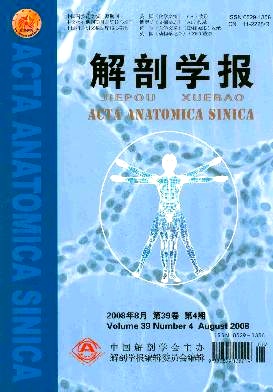Objective To explore the correlation between gene expression profiles and acute liver failure (AHF) occurrence at the transcriptional level. Methods Thirty-six SD rats were divided into two groups: AHF group and control group. The model of rat AHF was established by feeding male rats with a single dose of 4 ml/kg carbon tetrachloride (CClSUB>4/SUB>) solution. Serum samples were collected at 3, 6, 12, 24, 48 and 72 hours after CCl4 treatment, and the parameters of ALT, AST, ALP, TP and TBIL were assayed. Histological analysis of liver tissues was performed by HE staining. The gene expression profiles of AHF were detected using Rat Genome 230 2.0 array at each time point, and methods of systems biology were applied to analyze the correlation between gene expression changes and physiological activities involved in AHF. Results In total, 1022 genes differed significantly during AHF occurrence with 131, 302, 350, 539, 349 and 177 differently expressed genes at 3, 6, 12, 24, 48 and 72h after CCl4 treatment, and the total number of up-regulated genes、down-regulated genes and up to down-regulated genes were 634, 382 and 6, respectively. Twenty-three physiological activities were closely related to AHF occurrence. Eight physiological activities,including genetictranscription,metabolisms of carbohydrate and lipid increased in AHF occurrence, while 6 physiological activities including signal transduction, oxidation reduction, and cell adhesion decreased. Cell differentiation and development, and inflammation response increased priorto AHF occurrence, but decreased at its late period.Conclusion AHF occurrence is closely related to lots of genes and physiolo


